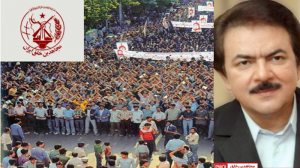
The PMOI members know that earning the trust of a betrayed nation is no easy task. They have learned from their founders that “the deeper the abyss of betrayal, the loftier and more formidable the peak of sacrifice must rise.” (Massoud Rajavi)
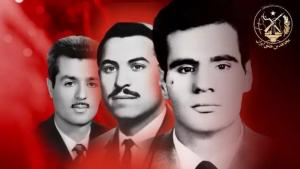
Fifty-nine years ago, three Iranian intellectuals inspired by religious texts and the Universal Declaration of Human Rights and democracy, these founders Mohammad Hanif Nejad, Saeed Mohsen, and Ali Asghar Badizadegan established an organization on September 6, 1965.
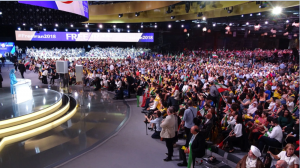
Despite imprisonment, torture, and even military confrontation, the PMOI never wavered in their resistance. From exile, they launched extensive campaigns exposing Khomeini’s warmongering Tehran’s export of terrorism, and its secretive nuclear ambitions.
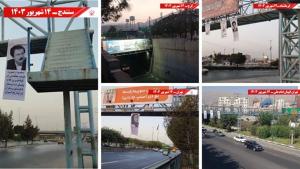
As the founding anniversary of (PMOI) approaches, Resistance Units are marking the event and celebrating 59 years of resistance and struggle against the shah and mullahs’ dictatorship. Resistance Units are an organized network that supports the PMOI.

The resistance Units installed large emblems of the PMOI. Elsewhere in Tehran, the Resistance Units installed a photo of Maryam Rajavi, the president-elect of the National Council of Resistance of Iran (NCRI) on a pedestrian bridge.
The PMOI, whose members possess nothing but unwavering willpower and a profound belief in humanity, is prepared for the next uprising in their homeland.
— NCRI
PARIS, FRANCE, September 8, 2024 /EINPresswire.com/ — The National Council of Resistance of Iran (NCRI) Foreign Affairs Committee in an article published that fifty-nine years ago, on this very day, three Iranian intellectuals gathered in a small room in Tehran, marking the beginning of a pivotal moment in Iran’s history.
Frustrated by years of oppression under the autocratic regime of Mohammad Reza Pahlavi and the brutal crackdowns by SAVAK, Iran’s secret police, these individuals founded an organization that would later be known as the People’s Mojahedin Organization of Iran (PMOI/MEK).
Inspired by religious texts and the Universal Declaration of Human Rights, and driven by a desire for freedom and democracy, these founders—Mohammad Hanif Nejad, Saeed Mohsen, and Ali Asghar Badizadegan established an organization on September 6, 1965, quickly grew in strength and influence.
As the revolution unfolded, the organization, newly freed from prison, warned of the dangers posed by emerging fundamentalism under the guise of Islam. The newly forming regime under Ruhollah Khomeini viewed the organization as a threat and attempted to co-opt it by offering a share in power if it would abandon its ideals. The organization refused to compromise, setting the stage for a brutal crackdown.
Over the next few years, the organization faced relentless persecution. The regime, feeling increasingly threatened, first sought to discredit the group through propaganda, labeling them as “hypocrites” and falsely claiming they were not true Muslims.
Government-backed judges sanctioned the killing of members and the confiscation of their assets, allowing early regime leaders to amass wealth and lay the foundation for systemic corruption and theft from the nation’s economy.
Despite imprisonment, torture, and even military confrontation, the PMOI and its supporters never wavered in their resistance. From exile, they launched extensive campaigns exposing Khomeini’s warmongering Tehran’s export of terrorism, and its secretive nuclear ambitions.
They revealed the regime’s vast network of covert operatives across the globe and warned the world of the looming threat of Islamic fundamentalism, a reality that would eventually force global powers to pay a heavy price to understand.
While the PMOI’s internal resilience, intelligence capabilities, and extensive network within Iran have long been clear to the world’s leaders, many chose to engage with the mullahs, hoping to turn threats into opportunities.
Over the past three decades, the PMOI faced sanctions, asset seizures, disarmament, and the surrender of its military bases to allies of the Iranian regime in Iraq. The regime’s propaganda machine, alongside segments of Western diplomatic and media circles, worked tirelessly to demonize the group.
Yet, each time diplomatic negotiations with Tehran loomed, actions against the POMI became a goodwill gesture towards the mullahs.
Despite these challenges, the PMOI has remained unyielding. It has fought back in every legal, political, and social arena, reclaiming its rights and defying attempts at suppression.
Today, despite enduring pressures that would have shattered many movements, the PMOI and its allies are stronger and more determined than ever.
No amount of censorship, genocide, or propaganda has weakened them; instead, their network within Iran is now more robust than at any time since the 1988 massacre, and their international alliances have never been more extensive.
The PMOI, whose members possess nothing but unwavering willpower and a profound belief in humanity, is prepared for the next uprising in their homeland.
They know that earning the trust of a betrayed nation is no easy task, but the path they have walked has been anything but simple. They have learned from their founders that “the deeper the abyss of betrayal, the loftier and more formidable the peak of sacrifice must rise.” This was the lesson imparted by the three intellectuals who, on this very day, decided that change must come. Everything began today.
Resistance Units celebrate PMOI founding anniversary
As the founding anniversary of the People’s Mojahedin Organization of Iran (PMOI/MEK) approaches, Resistance Units are marking the event and celebrating 59 years of resistance and struggle against the shah and mullahs’ dictatorship.
Resistance Units are an organized network of activists across Iran who support the PMOI and carry out anti-regime activities in defiance of the threats posed by the regime’s security forces and intelligence apparatus.
In Karaj, the Resistance Units installed the emblem of the PMOI at the entrance of a tunnel to mark the upcoming anniversary of the PMOI’s founding.
In Kermanshah, the Resistance Units installed the emblem of the PMOI and a photo of PMOI founder Mohammad Hanifnejad from a pedestrian bridge.
In Sanandaj, the Resistance Units installed an image of Iranian Resistance leader Massoud Rajavi from a pedestrian bridge.
In Tehran’s Imam Ali Highway, the Resistance Units installed large emblems of the PMOI. Elsewhere in Tehran, the Resistance Units installed a photo of Maryam Rajavi, the president-elect of the National Council of Resistance of Iran (NCRI) on a pedestrian bridge.
At the same time, in various cities, Resistance Units celebrated the founding anniversary of the PMOI by projecting images of the PMOI emblem and Iranian Resistance leaders at public locations at night.
In Tehran, the Resistance Units projected the emblem of the PMOI in Ekbatan district and Rah Ahan street.
In Karaj, the Resistance Units projected an image of PMOI founder Mohammad Hanifnejad on Nabovat Street. In Mehrshahr, the Resistance Units projected images of Massoud Rajavi and Maryam Rajavi.
In Rasht, the Resistance Units projected images of PMOI founders at the Abrisham Complex.
Similar activities were held in Mashhad, Shiraz, Bandar Abbas, Kermanshah, Bandar Anzali, and Ardebil.
These activities are taking place against an alarming uptick of repressive measures by the regime.
The regime has gone to great lengths to prevent Iran’s youth from gravitating toward the PMOI, including holding court cases against PMOI members, ramping up executions, and raising pressure on political prisoners.
However, determined to overthrow the regime and establish a democratic republic, the PMOI Resistance Units continued to expand and become more determined in their activities against the government.
If you wish to receive the NCRI weekly Newsletter, please use the following link to subscribe: https://bit.ly/3SMgEla.
Shahin Gobadi
NCRI
+33 6 61 65 32 31
email us here
As the revolution unfolded, the organization, newly freed from prison, warned of the dangers posed by emerging fundamentalism under the guise of Islam.
Legal Disclaimer:
EIN Presswire provides this news content “as is” without warranty of any kind. We do not accept any responsibility or liability
for the accuracy, content, images, videos, licenses, completeness, legality, or reliability of the information contained in this
article. If you have any complaints or copyright issues related to this article, kindly contact the author above.
![]()
Article originally published on www.einpresswire.com as (Video)The Tale of Iran’s Six-Decade-Old Movement,(PMOI/MEK)
